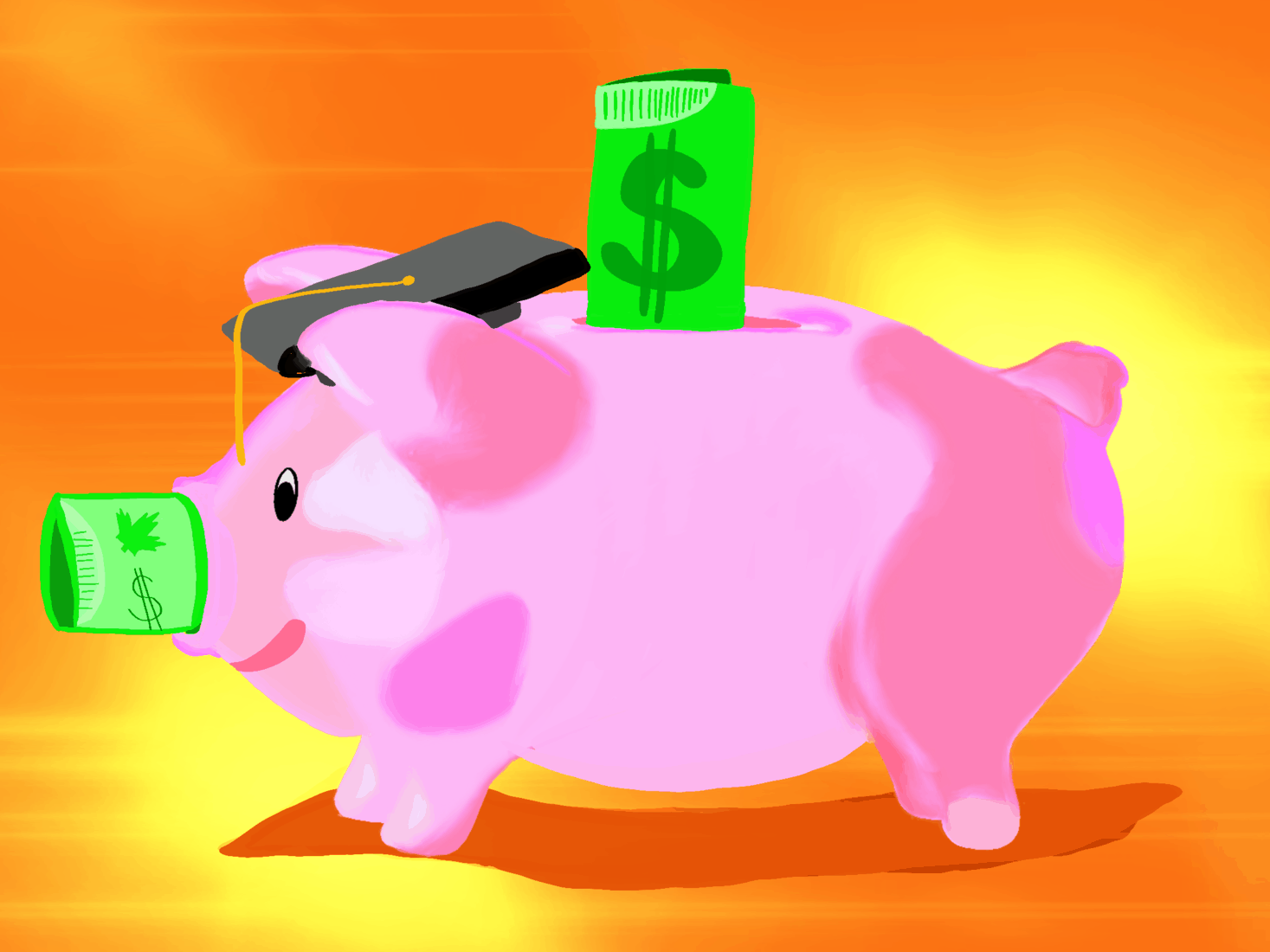
The University of Saskatchewan is increasing its tuition rates at an average of 3.4 per cent for 2019-20, but the U of S is working on a method to predict tuition growth for future students.
Tuition in Saskatchewan has been on the rise since the last provincial tuition freeze ended a decade ago. The average increase of tuition rates in 2018-19 was 4.8 per cent, 1.4 per cent higher than this year.
U of S Provost and VicePresident Academic Tony Vannelli says the money students pay is going towards improving existing programs and implementing new classes for undergraduate and graduate students.
The five principles at the U of S in setting tuition rates are the comparability to similar programs at other Canadian research-intensive universities, accessibility and affordability for potential students, maintaining the level of quality, predictability of tuition and consultation with students.
By next year, the university will be finalizing a method for the predictability of tuition rates, according to Vannelli. Students will know how much they will be paying in the next four years when they enter university.
“You have to go with that principle to support the students and figure out a number and a mechanism that makes sense, and then we stick with it and say, ‘that’s our word,’” Vannelli said. “This will make it really exciting for students … because they know what their tuition will be.”
Undergraduates will have more information about tuition prices before they start their program. This may allow students to plan for their post-secondary education and apply for funding support, if need be.
Vannelli will be working with the U of S Students’ Union and Graduate Students’ Association regarding the formula for predictability. Vannelli says students will know either a pre-established range of tuition increases or a year-to-year predicted increased rate.
“Year over year, we [can] put a cap [of] two per cent [or] three per cent, or we [can] do, from year one to year four, no more than 10 per cent increase’,” Vannelli said. “It lets the students know it won’t be more than that because it’s a contractual agreement.”
While all the undergraduate program will see their rates increase next year, the amount is varied. In the College of Arts and Science, the science programs will rise by 4.1 per cent while arts courses are seeing increases of 3.5 per cent, closer to the average.
The College of Education tuition rate is rising by 5.7 per cent. The increase in tuition will offset the pressures the college has been facing after switching to direct entry a few years ago as there is a need for new courses and more faculty members, according to Vannelli.
Students from the Western College of Veterinary Medicine are facing the highest increase with their tuition going up by 10 per cent. Vannelli says the reason behind this is to maintain the programs offered in the college.
“Animal care is very expensive to maintain… Those are increasing costs that have been brought in for the students’ training and expertise that they have to acquire,” Vannelli said. “It was just the cost of providing high-quality programs that has the highest accreditation and wanted to make sure that it’s maintained.”
This year, there were cutbacks of $5 million in government support for student accessibility, but the university will reportedly be absorbing most of the costs to support students. Vannelli says that more money will be allocated to the $67 million fund available for scholarships and bursaries to address accessibility and affordability, the second principle in setting tuition rates.
“Students that deserve to be here — we are going to make sure they come here, and they can afford to be here.”
—
J.C. Balicanta Narag / Copy Editor
Graphic: Shawna Langer / Graphics Editor